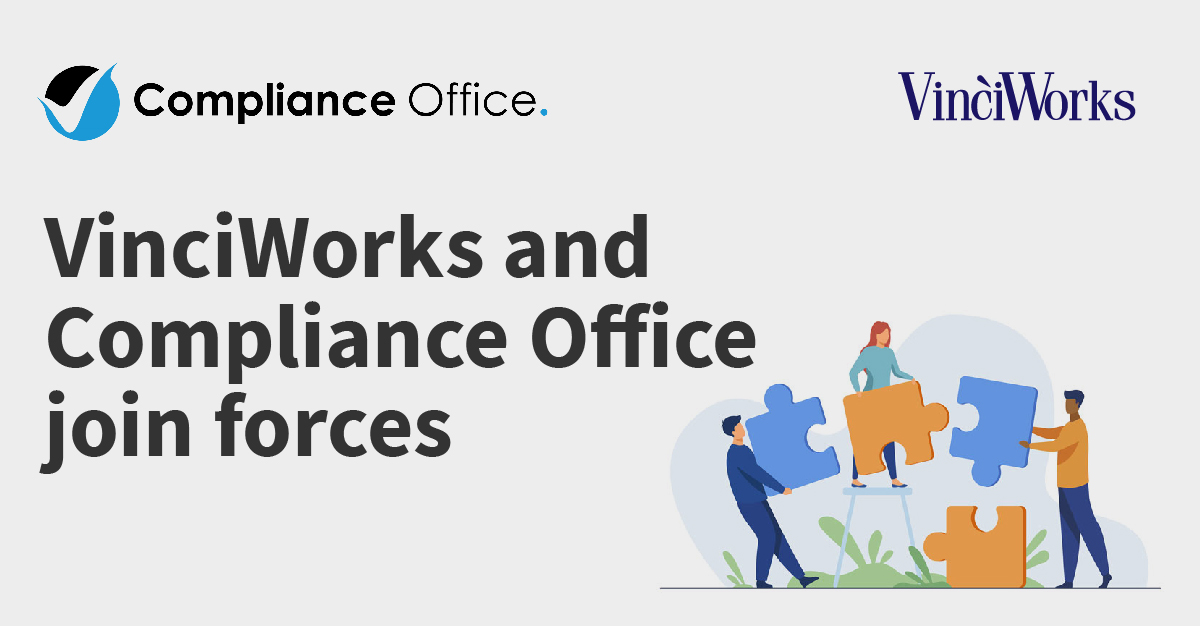The Modern Slavery Act – A Guide to Compliance
Time is ticking on the Modern Slavery Act. Organisations with a financial year ending 31 March 2016 have a looming compliance deadline in September. Under the Act, organisations with over £36m in revenue must publish a slavery and human trafficking statement within six months of their financial year. This statement should detail the steps taken […]
Connecting learning and performance with the Internet of Things and xAPI
Imagine a compliance training scenario: you’re hearing a lot about a new phishing (a type of cyber crime involving fraudulent email) threat recently, so you decide to deliver training to protect your organisation; especially since your network was hacked last year, and you can’t risk suffering another data breach. So, you create or obtain some […]
Cyber security breach could have poisoned water for millions
Cyber criminals were able to hack a water treatment plant and gain access to not only the personal and financial records of up to 2.5 million customers, but the system that controls the levels of chemicals used to treat drinking water. Cyber security firm Verizon Security Solutions reported that the hackers may have changed the […]
Would these social engineering techniques fool your employees?
To celebrate the release of two new cybersecurity Take 5 modules, Understanding Social Engineering and Phishing Awareness, we help you determine your company’s social engineering risk level. Cybercrime is big business. Hacked or leaked datasets go for £1000s on the dark web’s black markets, and that’s just those containing names and email addresses. A recent McAfee […]
Candidates are lying to get jobs – have you hired on false pretences?

How well do you know the people you hire? In today’s competitive job market, it’s perhaps unsurprising that candidates are embellishing their CVs with ‘little white lies’ in order to stand out to recruiters. A recent analysis by The Risk Advisory Group of over 5000 CVs found that 70% contained inaccuracies, ranging from minor exaggerations […]
Preparing for life after Flash
Adobe Flash seems to be the gift that keeps on giving, especially if you’re a cybercriminal.
Last week, Adobe was forced to release an emergency security update after yet another flaw was discovered enabling…
A new 10 minute course on changes to CPD
Led by Director of Best Practice, Gary Yantin, this course covers everything a solicitor needs to know about the SRA’s new approach to continuing competence. Demo the course If you license the Continuing Competence Module, this new course is free and has been added to your Learning Management System. Alternatively, firms can […]
Sexist comments by tennis boss cause outrage
Indian Wells’ CEO Raymond Moore has stepped down from his post after his comments about women’s tennis provoked widespread outrage – and a flawless back-hand from Serena Williams. It was during a press conference before the BNP Paribas Open that Moore sparked the furore, musing that in his next life he would like to come […]
Seven new microlearning modules released
When annual refresher training time rolls around, you probably take it for granted that you’ll be hearing some of these common complaints: “We’re too busy to complete mandatory training” “The courses are too long and boring” “We already know this information” “It’s just a box ticking exercise to cover the company legally” If any of […]
Panama Papers leak reveals extent of wealth hidden offshore by rich and powerful
Methods used by the rich, powerful and corrupt to hide wealth have been exposed after over 11 million documents were leaked from Panama law firm Mossack Fonseca. The documents reveal more than 200,000 offshore entities set up to conceal clients’ money. Although not technically illegal, the lack of transparency required for these shell companies make […]






